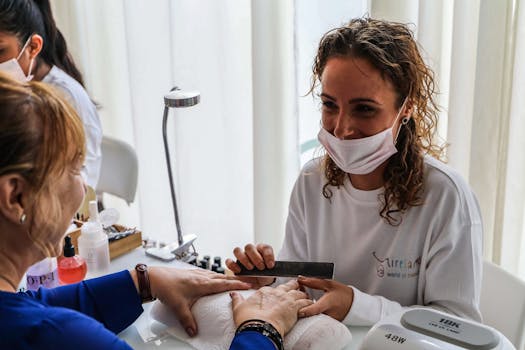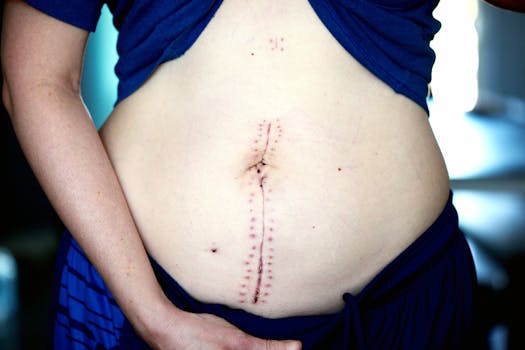Deciding who to see for hair transplant can feel overwhelming: you want safe, reliable results, realistic expectations, and a clear recovery plan. This guide breaks down the main clinician types, the pros and cons of different approaches, and what results you can realistically expect. Whether you are considering a traditional follicular unit transplant or a scalp transplant technique, knowing who should perform your procedure and why will help you make a confident choice.
Who should perform your hair transplant?
Surgeons and specialists who perform hair restoration typically include board-certified plastic surgeons, dermatologic surgeons, and physicians with specialized fellowship training or extensive experience in hair restoration. Each background brings different strengths: plastic surgeons often have broader reconstructive experience, while dermatologic surgeons may offer deeper knowledge of scalp conditions and hair biology. Look for clinicians who have specific training in hair restoration, substantial case photos, and transparent complication rates.
Types of providers and what they offer
Understanding the team and credentials helps you match expectations to outcomes. Common provider types include:
- Board-certified plastic surgeons — experienced with surgical anatomy and cosmetic outcomes.
- Dermatologists with hair-restoration fellowships — strong in scalp diseases and non-surgical hair treatments.
- Specialist hair transplant surgeons — may focus full-time on hair transplants and often perform high volumes of FUE and FUT procedures.
- Clinic technicians and physician assistants — may assist during surgery, but ensure a qualified surgeon is responsible for planning and performing critical steps.
Pros and cons: surgical methods and who performs them
Follicular Unit Extraction (FUE)
FUE involves harvesting individual follicular units and is less likely to leave a linear scar. Pros include shorter healing of donor sites and more versatile styling post-procedure. Cons include longer operative time and potentially higher cost. Skilled microsurgeons who perform high volumes of FUE tend to deliver better density and natural hair angle alignment.
Follicular Unit Transplantation (FUT)
FUT removes a strip of scalp from the donor area and yields many grafts in a single session. Pros include efficient graft yield and often better for large restorations; cons include a linear scar and longer initial recovery. Surgeons trained in both techniques can recommend the best option based on scalp laxity, hair characteristics, and your long-term plan.
What to look for in a consultation
During your consultation, ask targeted questions that reveal skill and honesty:
- How many hair transplants have you performed and what is your complication rate?
- Can I see before-and-after photos for patients with my hair type?
- Who on the team will perform the extraction and the implantation?
- What is your plan for long-term hair management, including medical therapy?
Beware of clinics that guarantee exceptionally high graft numbers without individual assessment. Realistic expectation-setting is a hallmark of a reputable provider.
Recovery expectations and follow-up
Recovery timelines vary by technique and individual healing. Expect temporary swelling, scabbing, and some shedding of transplanted hair before regrowth begins at approximately 3–4 months. Full cosmetic results often take 9–12 months. Your surgeon should provide a clear post-op plan, medications to manage pain and infection risk, and scheduled follow-ups to monitor growth and donor-site healing.
For comparative insight into surgical recovery timelines for cosmetic procedures, it can be useful to read recovery guides for other surgeries like rhinoplasty; for example, this rhinoplasty recovery timeline explaining what to expect after nose surgery highlights how staged healing and follow-up visits are common across aesthetic operations.
Realistic results: what you can expect
Results depend on donor hair quality, scalp laxity, age, and ongoing hair loss patterns. A successful transplant should improve density and hairline naturalness, but it rarely restores the original hair volume. Many patients combine surgery with medical therapies like minoxidil or finasteride to preserve native hair and maximize long-term outcomes.
Further reading
For an overview of the procedure types, history, and scientific background of hair restoration, see this detailed reference on hair transplantation: Wikipedia: Hair transplantation.
Quick checklist before choosing a provider
- Confirm board certification and specific hair-restoration experience.
- Review before-and-after galleries for similar hair types.
- Ask about the surgical team roles and technique preference (FUE vs FUT).
- Request a written estimate, recovery plan, and follow-up schedule.
FAQ
Q: How soon will I see growth after a hair transplant?
A: Initial growth often begins around 3–4 months, with most patients seeing noticeable improvement by 6–9 months and final results around 9–12 months.
Q: Is a scalp transplant different from a hair transplant?
A: The term scalp transplant is sometimes used interchangeably with hair transplant but can also refer to wider reconstructive procedures involving scalp tissue. In most cosmetic contexts, scalp transplant simply describes transplanting hair-bearing tissue or follicular units to thinning areas.






